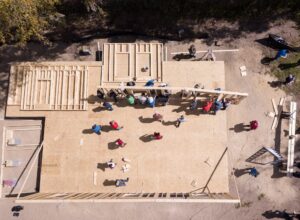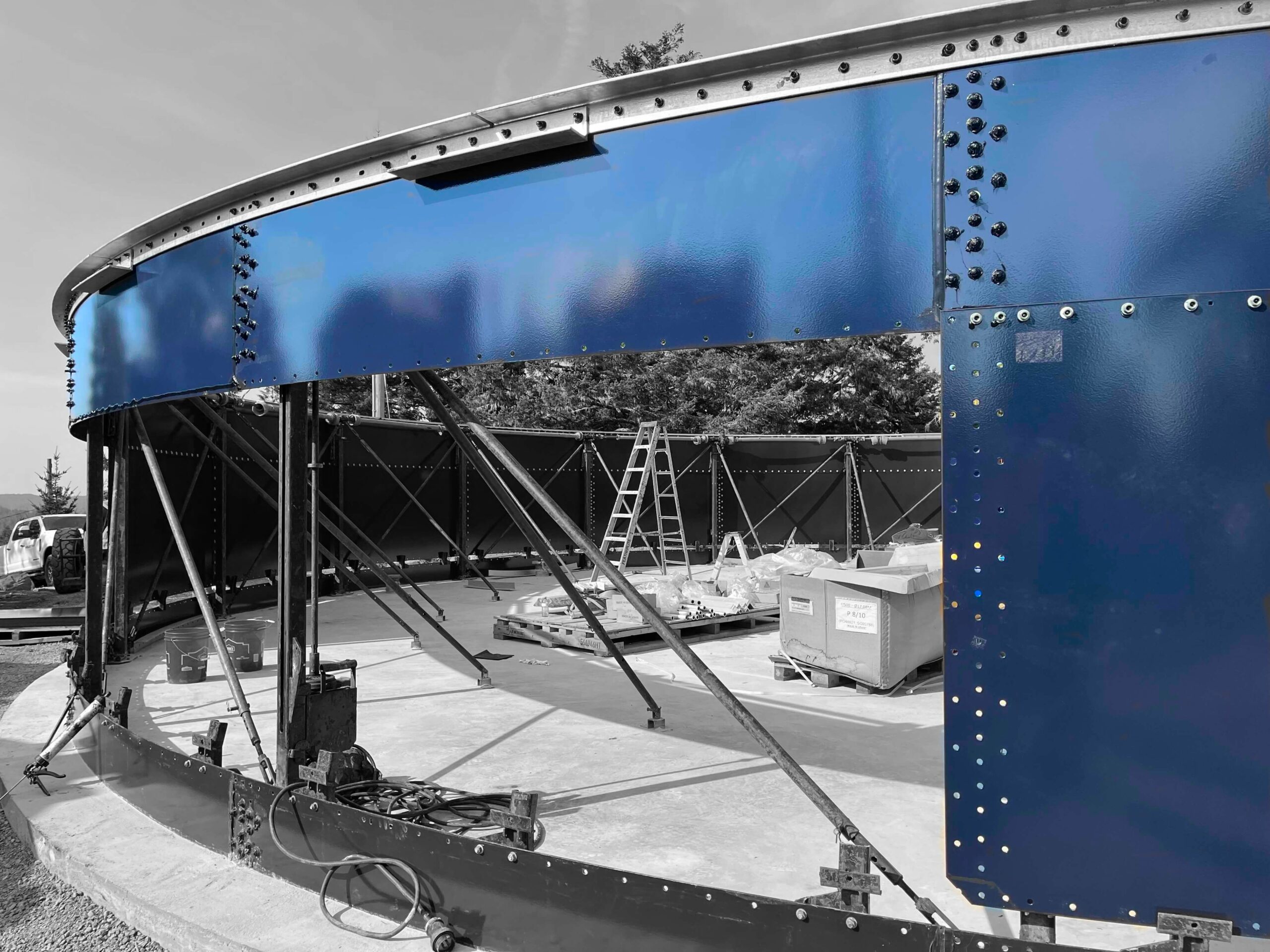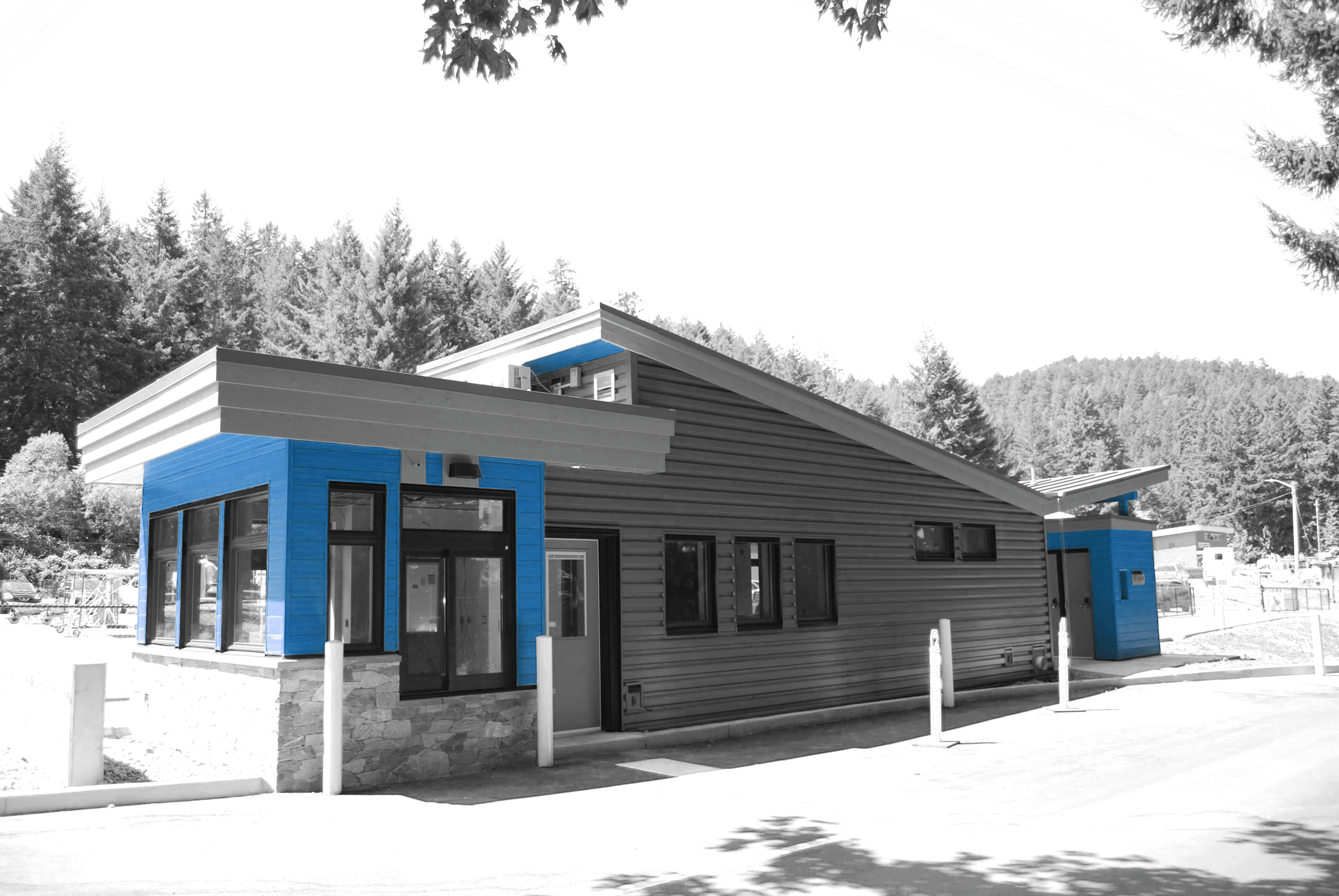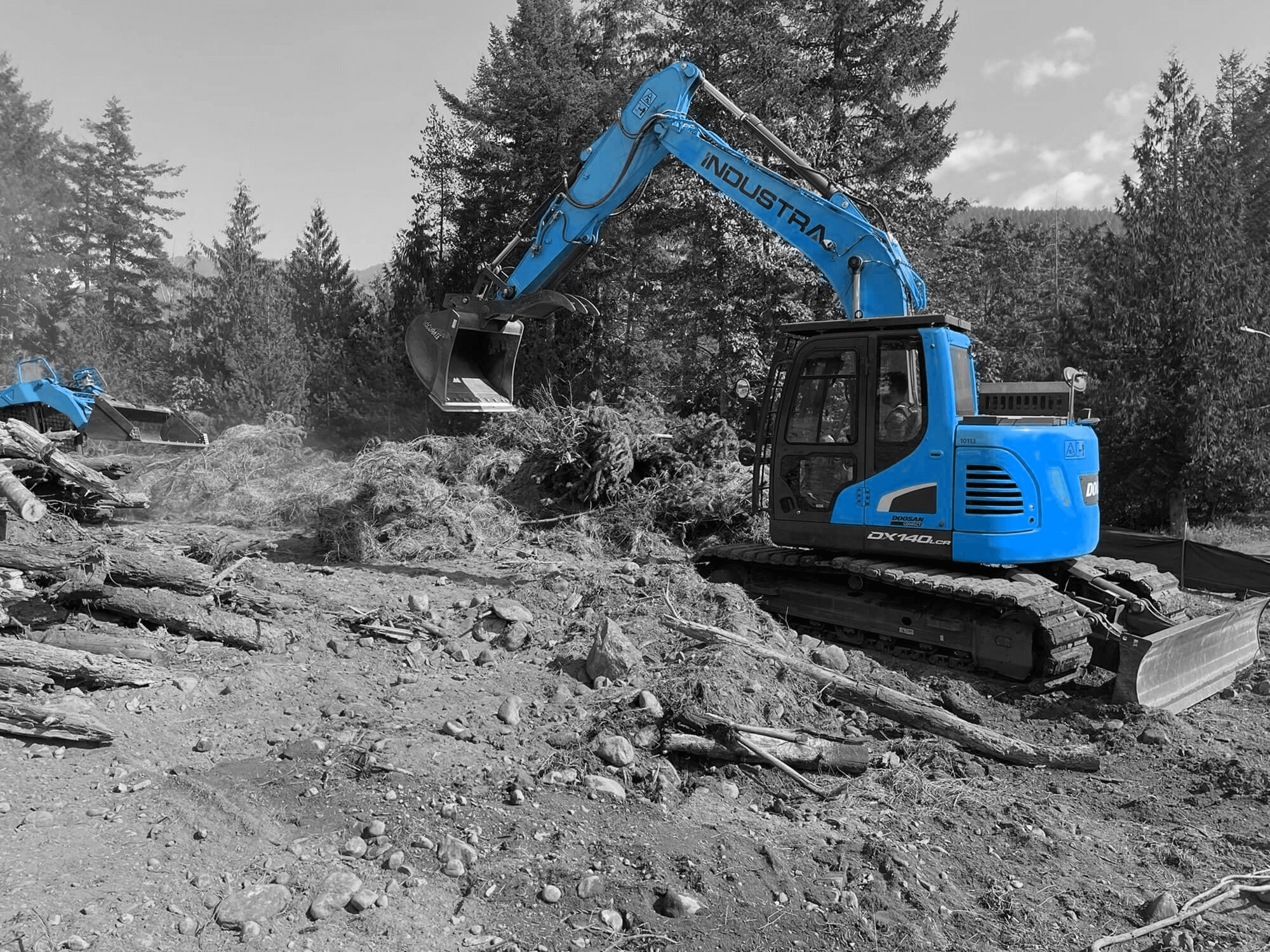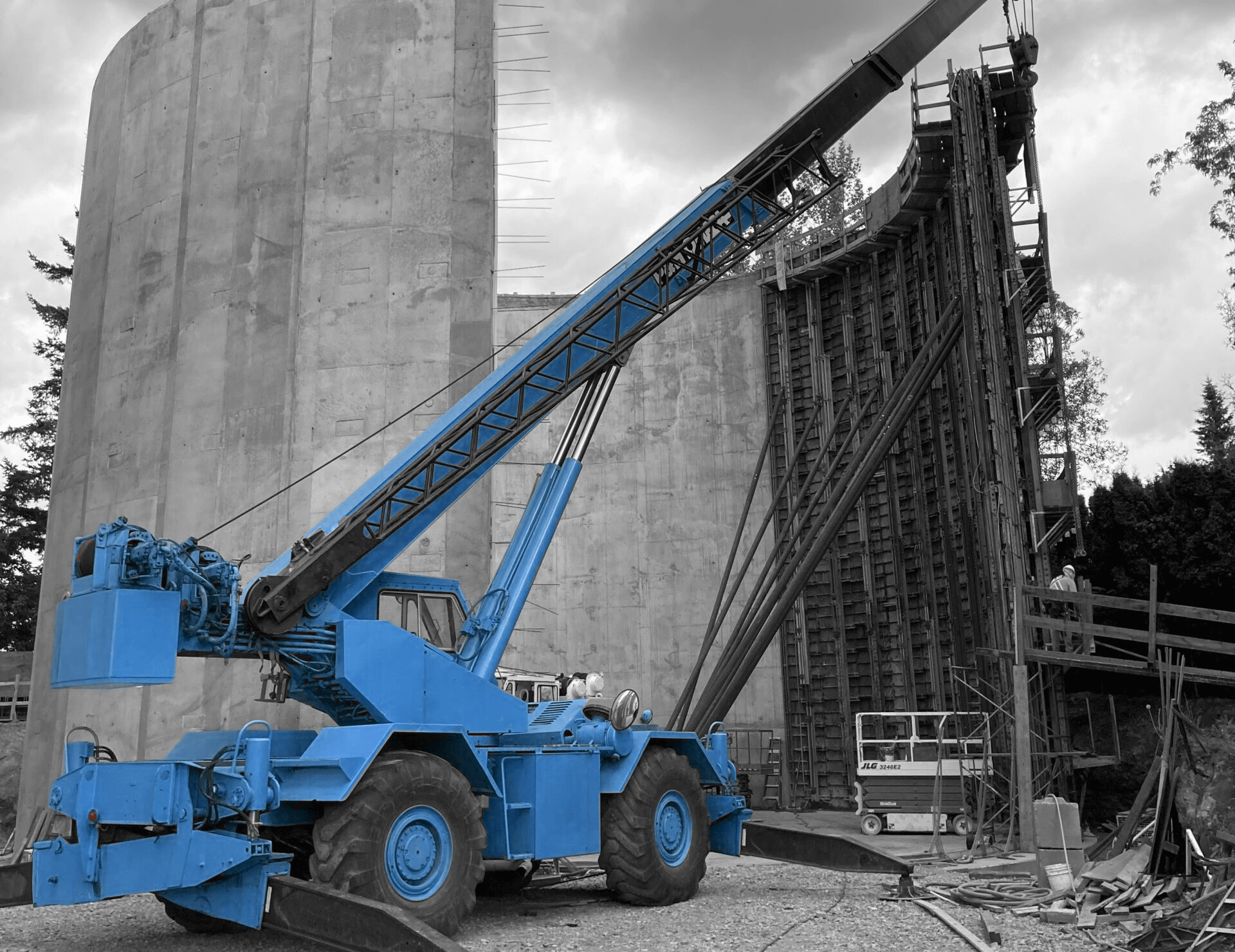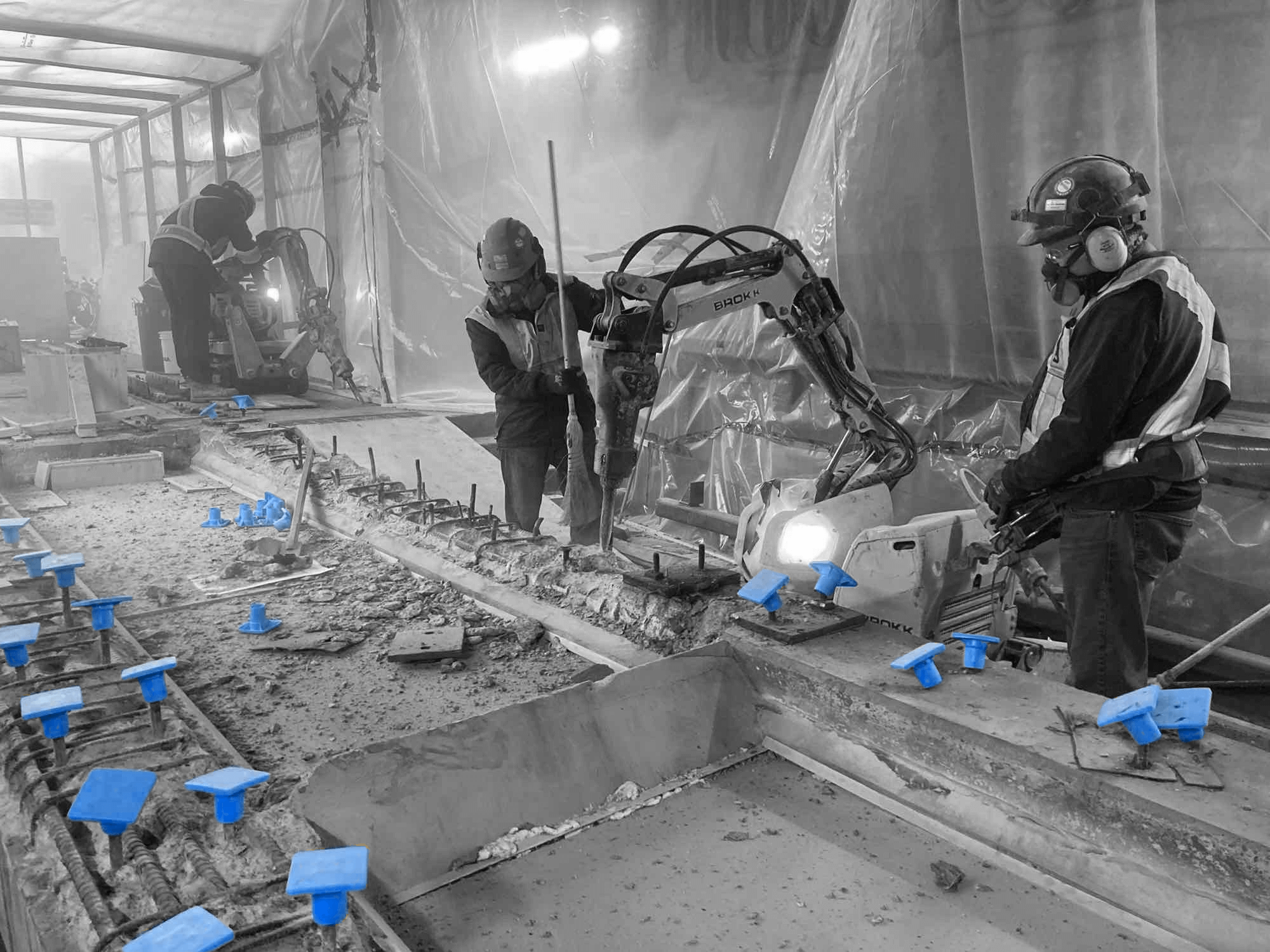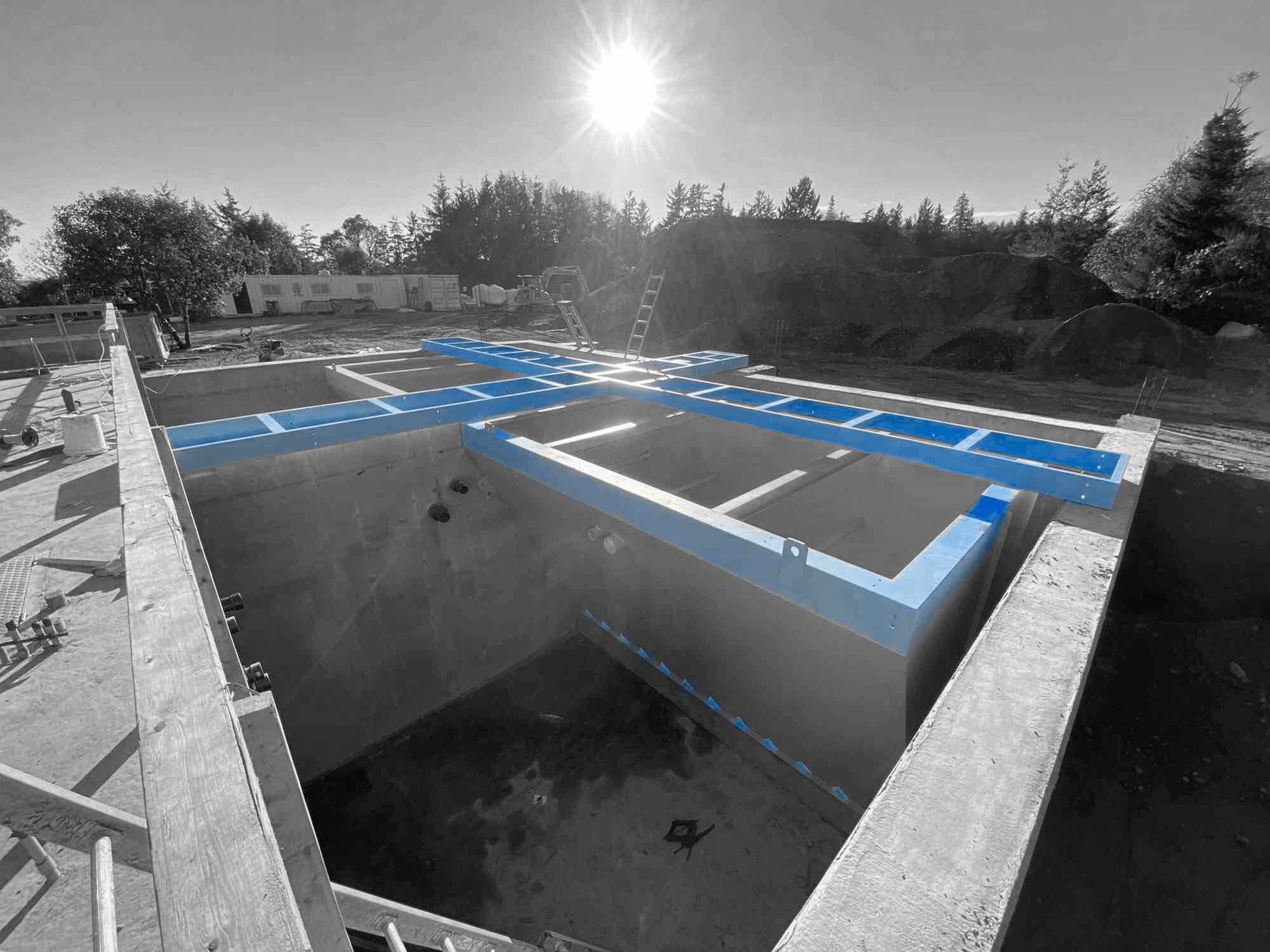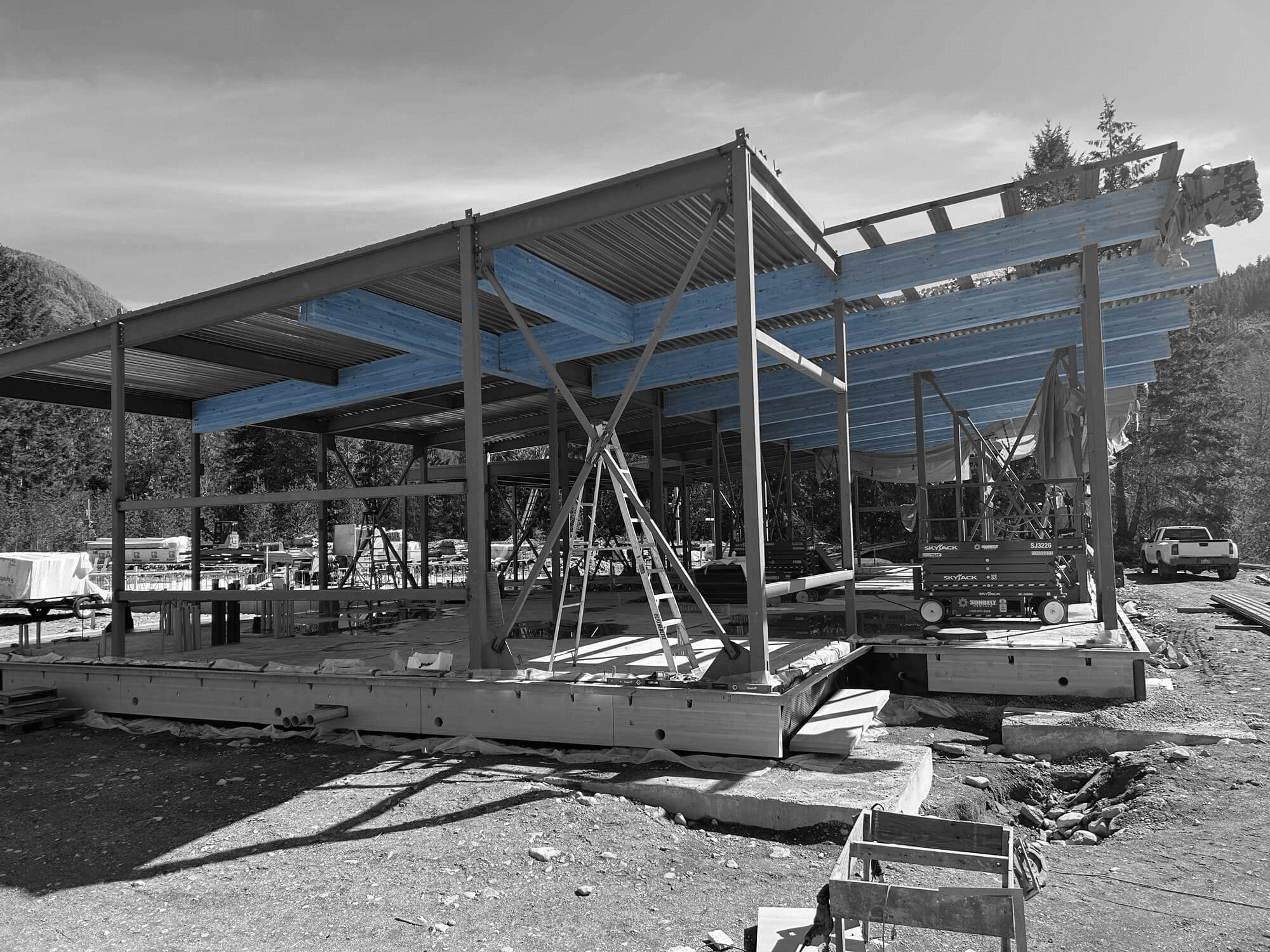Compliance is like the backbone of EPC design-build projects, quietly ensuring things go smoothly. As these projects bring together engineering, procurement, and construction under one roof, it becomes crucial to meet all legal and regulatory standards. Compliance isn’t just about staying out of trouble; it’s about achieving project goals safely and effectively. Everyone involved needs to understand the rules and regulations to avoid unnecessary setbacks.
Navigating compliance in EPC projects can feel like steering a ship through a maze. There are industry standards, environmental laws, local building codes, and a myriad of other regulations to consider. But it doesn’t have to be overwhelming. With the right strategies and understanding, compliance can become a straightforward process embedded naturally into project workflows. This unity between compliance and project execution ultimately brings about more successful outcomes.
Understanding Compliance in EPC Design-Build Construction
To grasp compliance in EPC design-build projects, let’s first break down what EPC means. EPC stands for Engineering, Procurement, and Construction. It’s a project delivery method where one entity is responsible for all aspects of a construction project, from design to execution. This integrated approach can streamline processes and improve efficiency. However, it also places a heavy emphasis on meeting compliance standards throughout the project’s life cycle.
Compliance in EPC design-build isn’t just a box to tick. It’s a pathway to success and safety. Ensuring compliance from the get-go often prevents costly mistakes and legal troubles down the road. It involves adhering to legal requirements, industry standards, and best practices that are specific to each project location, such as Surrey or Mississauga. This is particularly important as these areas have unique regulations that must be acknowledged and integrated into project plans.
Key compliance areas include environmental regulations, safety standards, employment laws, and local building codes. Each of these aspects is crucial in shaping how EPC projects are executed safely and efficiently. For instance, building codes vary significantly from one place to another, influencing everything from material choice to the design of the structures themselves. By understanding and adhering to these specific requirements, EPC projects not only achieve legal and regulatory compliance but also lay the foundation for long-term success.
Key Copliance Challenges
Despite the benefits, navigating compliance in EPC design-build construction presents its own set of challenges. Each project area, like Surrey, Mississauga, and Ontario, has specific regulations that influence how projects are planned and executed. These regulations might include specific building codes, environmental standards, or labor laws that the project needs to align with from the start. Here are a few common challenges faced:
– Understanding Different Regulations Across Locations: Each city or province imposes its own set of building codes and safety standards which can be tricky to balance in multi-location projects.
– Seasonal Considerations: Weather patterns in cities like Surrey and Mississauga might dictate materials used or influence construction schedules, requiring careful planning to stay in compliance.
– Staying Updated with Changes: Regulations evolve, and staying informed about these changes is crucial for maintaining compliance throughout the project lifecycle.
By acknowledging these hurdles and planning accordingly, EPC design-build projects can continue moving forward smoothly, ensuring that all regulatory requirements are consistently met.
Strategies for Navigating Compliance
Dealing with compliance might seem complex, but with some effective strategies, it becomes much more manageable. One key approach is thorough planning and risk management. By identifying potential compliance issues early, project teams can create plans to tackle these challenges head-on. It’s like preparing your gear before a big hike—having the right tools ensures you’re ready for anything.
Documentation and record-keeping take centre stage when it comes to compliance. Keeping accurate records of all transactions and communications can prevent headaches later. Whether it’s permits, inspections, or contracts, having everything well-organized ensures there are no surprises down the line. Digital solutions can assist in keeping these documents accessible and audit-ready.
Team training is another pillar of successful compliance navigation. Regular workshops and updates about regulations keep everyone on the same page. By ensuring that every team member understands the compliance requirements, you minimize risks and foster a sense of responsibility among team members.
Technology is your friend in simplifying compliance. Various software tools can automate compliance monitoring and reporting, which keeps things running smoothly. These tech solutions can track compliance tasks and even alert teams when it’s time for reviews or renewals, saving both time and energy.
Benefits of Compliance in EPC Design-Build Projects
Compliance is definitely about adhering to rules, but it comes with a suite of benefits that go beyond just meeting legal requirements. Firstly, it boosts safety across the board. When everything is built according to precise guidelines, the chance of accidents drops significantly. This means fewer injuries on site and a safer environment for everyone involved.
Additionally, projects enjoy better outcomes and client satisfaction when compliance is prioritized. When clients see that a project meets all regulations, it builds trust and confidence. This often leads to repeat business and glowing recommendations. Furthermore, sticking to compliance standards can save money over time by avoiding costly fines or the need for rework due to non-compliance issues.
Efficiency is also greatly enhanced when compliance is maintained. Teams work smoother and faster when everyone knows the rules and adheres to them, reducing delays caused by unexpected compliance checks or failures. Overall, compliance can act like a guiding compass, leading projects to success.
Making Compliance a Part of Your Culture
Turning compliance into a regular part of the organizational culture pays off in multiple ways. It starts by instilling a compliance-focused mindset in your team. Encourage openness about compliance challenges and solutions to foster a proactive attitude amongst team members.
Continuous improvement should be the norm, not just an occasional task. Regular audits and feedback loops help identify areas for improvement and ensure ongoing compliance. By consistently evaluating the process, teams can adapt to regulatory changes more swiftly, keeping projects on track.
Working closely with experts and authorities ensures that your team is always in the know. Collaborating with industry experts can provide valuable insights and guidance, reducing the risk of missed compliance and enhancing overall project quality. Through these steps, compliance becomes less of a barrier and more of an integrated part of doing business effectively and safely.
Building a culture of compliance in EPC projects can significantly enhance efficiency and safety. By incorporating smart planning and team education, you can minimize risks and gain confidence in every project’s success. Ready to take your next step? Discover how Industra Construction Corp. can support your endeavors. Reach out today and learn more effective strategies for design-build construction that align with regulations and ensure outstanding outcomes.





